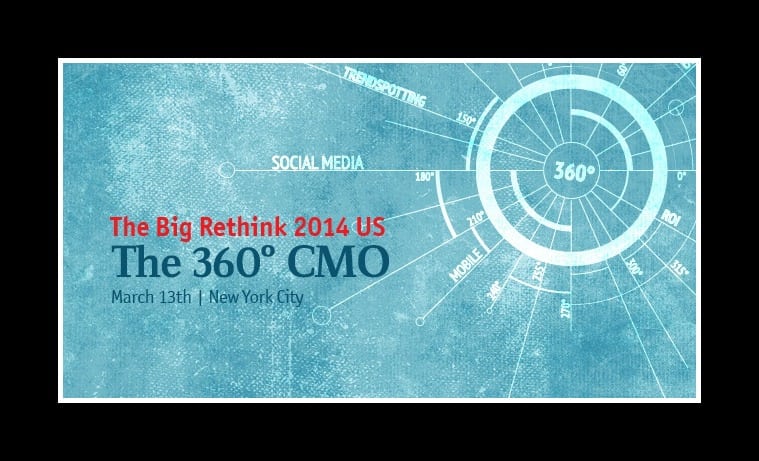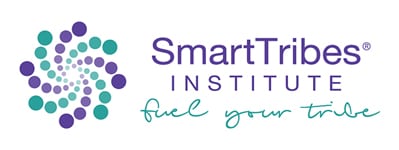
Is Your Team Trustworthy? Find Out Now
May 6, 2014
Top 10 CMO Insights From The Economist Conference
June 5, 2014Fix or Fire? Who To Cultivate, Turn Around, Let Go Of At Work
I was thinking the other day of Jack Welsh’s philosophy that people fit into four categories of performance:
- Live the firm values and do produce: keep them!
- Live the firm values and are not producing: keep them and develop their performance.
- Don’t live the values and don’t produce: easy–fire them!
- Don’t live the values and do produce: all organizations struggle here. They should be fired or coached—but many organizations do neither.
Let’s turn this around.
First, recruit people that are naturally aligned with your values.
Here’s where we find our clients often struggle:
- Candidates aren’t being screened for alignment with company values
- Candidates aren’t being asked enough self-revealing questions
- Recruiters aren’t using rapport techniques to powerfully put candidates at ease—which would result in them revealing who they are
A job interview is a candidate’s “Rock Star Moment”—they’re showing you their best face, so it’s up to the recruiter to ensure that it’s an accurate face, a face we can rely on, a face that is honest. Here’s a sample list of recruiting questions that apply to all roles in a company:
- Which of our company values are most aligned with your personal values? Why?
- Please tell me some times in your career when you’ve most powerfully embodied our values?
- What are the 5 career accomplishments you are most proud of? Why?
- What are 5 adjectives used to describe you by: colleagues, bosses, friends, yourself?
- What makes a working environment most compelling?
- Where do you want to be career-wise in 3 years? 5 years?
- What is your mission in life and why would working with us help you achieve it?
- What is the most important thing in life? How do you ensure you honor it?
- Please tell us a bit about your past entrepreneurial experiences and why/how you’d fit in with us.
- [add all of your role-specific questions here]
Now let’s address the people in categories #2 (lives the values but not producing) and #4 (don’t live values and do produce) above. Work on turning them around with our Counseling Process first. And if that doesn’t work, it’s time to let them go. To start:
- Determine what a realistic counseling/turnaround period is: 30, 60 or 90 days, depending on the complexity of the behavior change.
- Next , think through the specific behavior(s) you need changed, as well as what level of support you are willing to provide.
- Last, determine the consequences if the behavior does not change (Demotion? Termination?) or if the behavior does indeed change (Keep current job? Move to another team?)
- Good—now schedule the meeting with the employee that needs counseling.
Our clients love our conflict resolution process below, as it helps everyone get to a shared positive understanding for growth/resolution:
- Set the stage – explain why you’re meeting and the outcome you want (to form a collaborative turnaround plan)
- State observable data/behavior – this is where you describe specific behaviors that must change and examples so the employee can “step into” the past scenarios
- Describe impact – the damage that these behaviors are doing to others/the company/the employee themselves
- Check problem acknowledgement – do they agree that there is a problem? Do they agree this problem now must end? This is the most essential step. If you don’t reach agreement here, go back to step 1. Once agreement is reached you’ll notice steps 5-7 are more pleasant, as the employee will now be engaged in finding a solution!
- Co-create a plan – set a time period (30-90 days) where you’ll meet weekly for 15-30 minutes to track their progress on releasing the challenging behaviors identified above. Make the plan very specific in terms of what you need to see and when you’ll know you got the outcome you wanted. If the turnaround doesn’t occur, state clearly what the consequences will be (lose job, etc).
- Check understanding – is everything clear? Anything else we need to cover? Reiterate desire for a positive resolution so the consequences can become irrelevant.
- Build small agreements – launch the plan and commit to ending the conflict once and for all. Be sure to track it frequently and make sure all concerned see the behavior change too.
What categories are your employees in? When will you address those in #2 and #4?
Christine Comaford (@comaford) is a former serial entrepreneur, White House advisor and neuroscience-based executive coach that helps leaders build cultures of trust and high performance.




